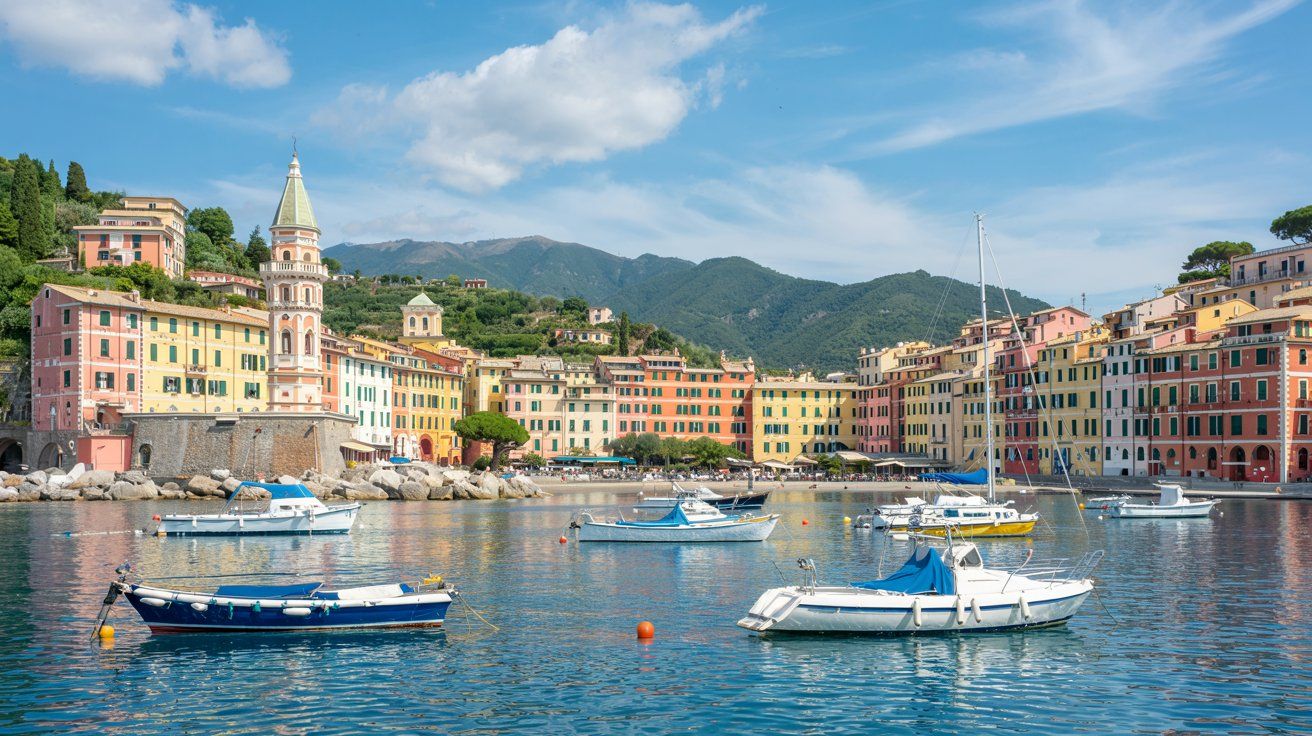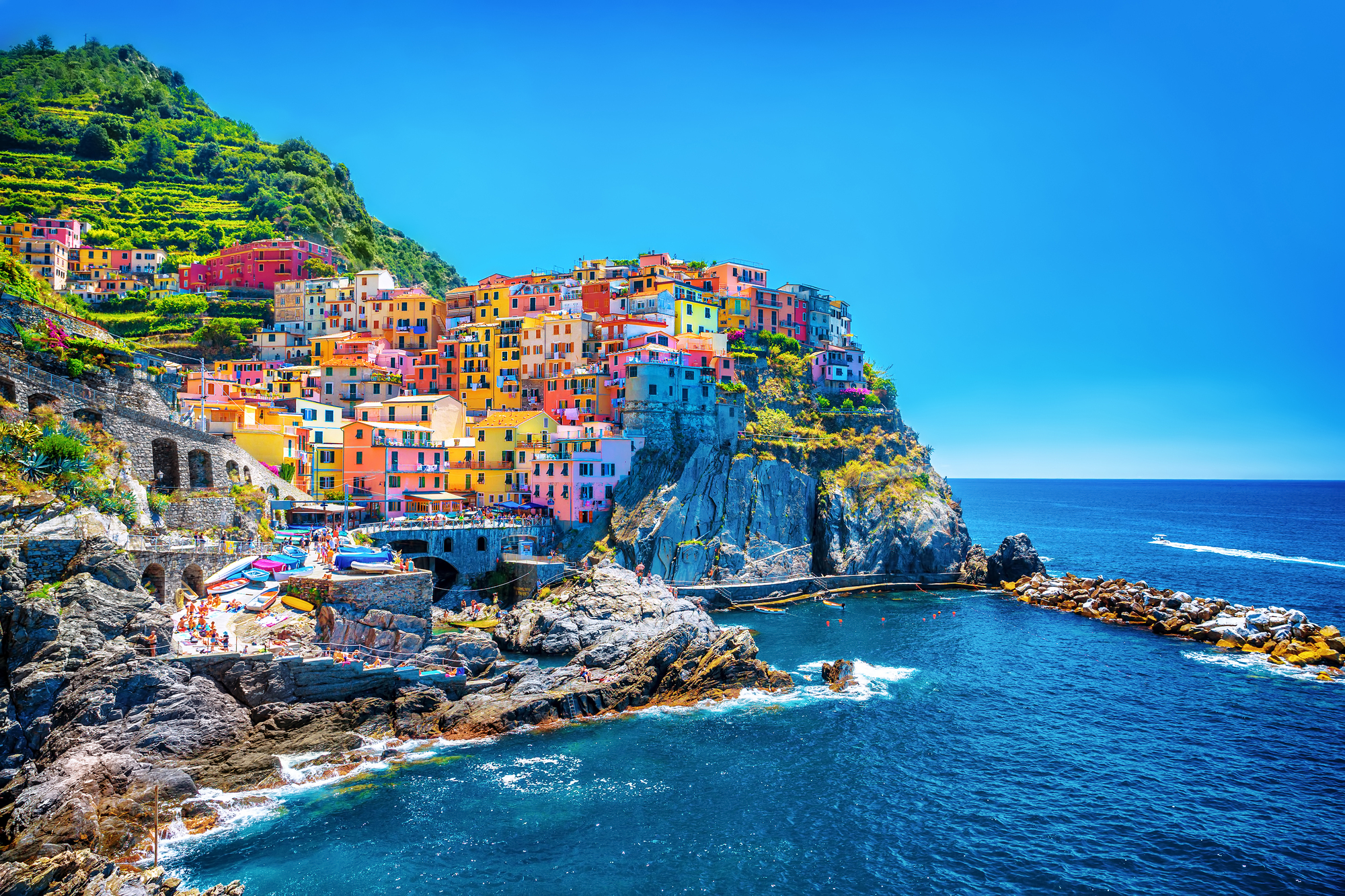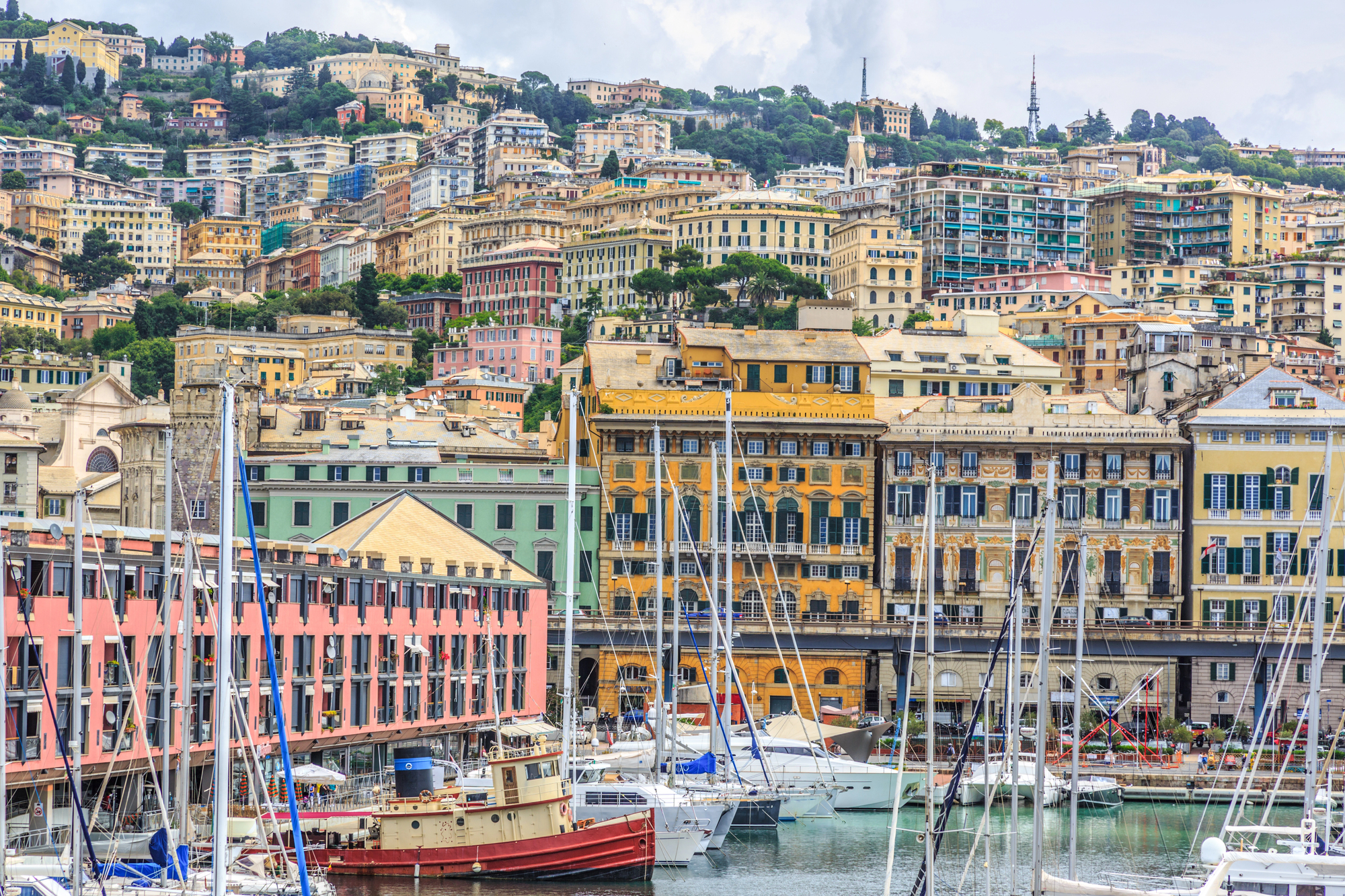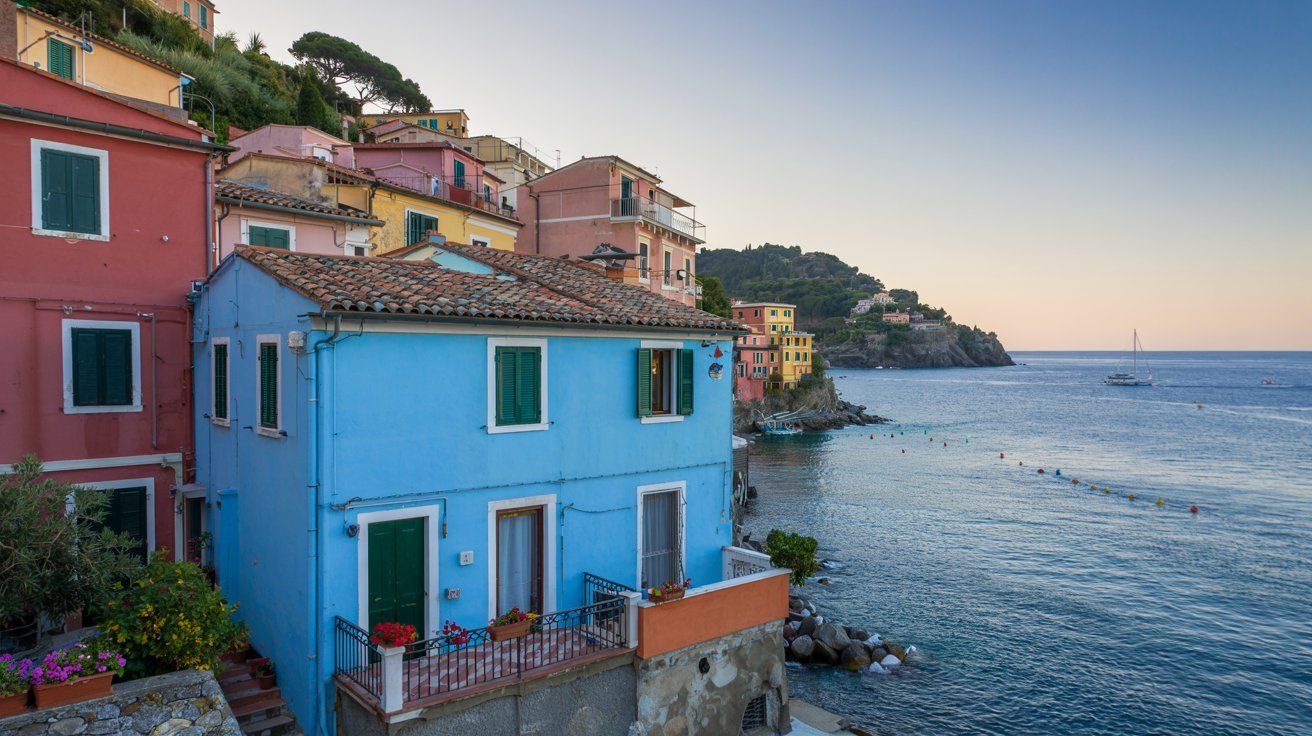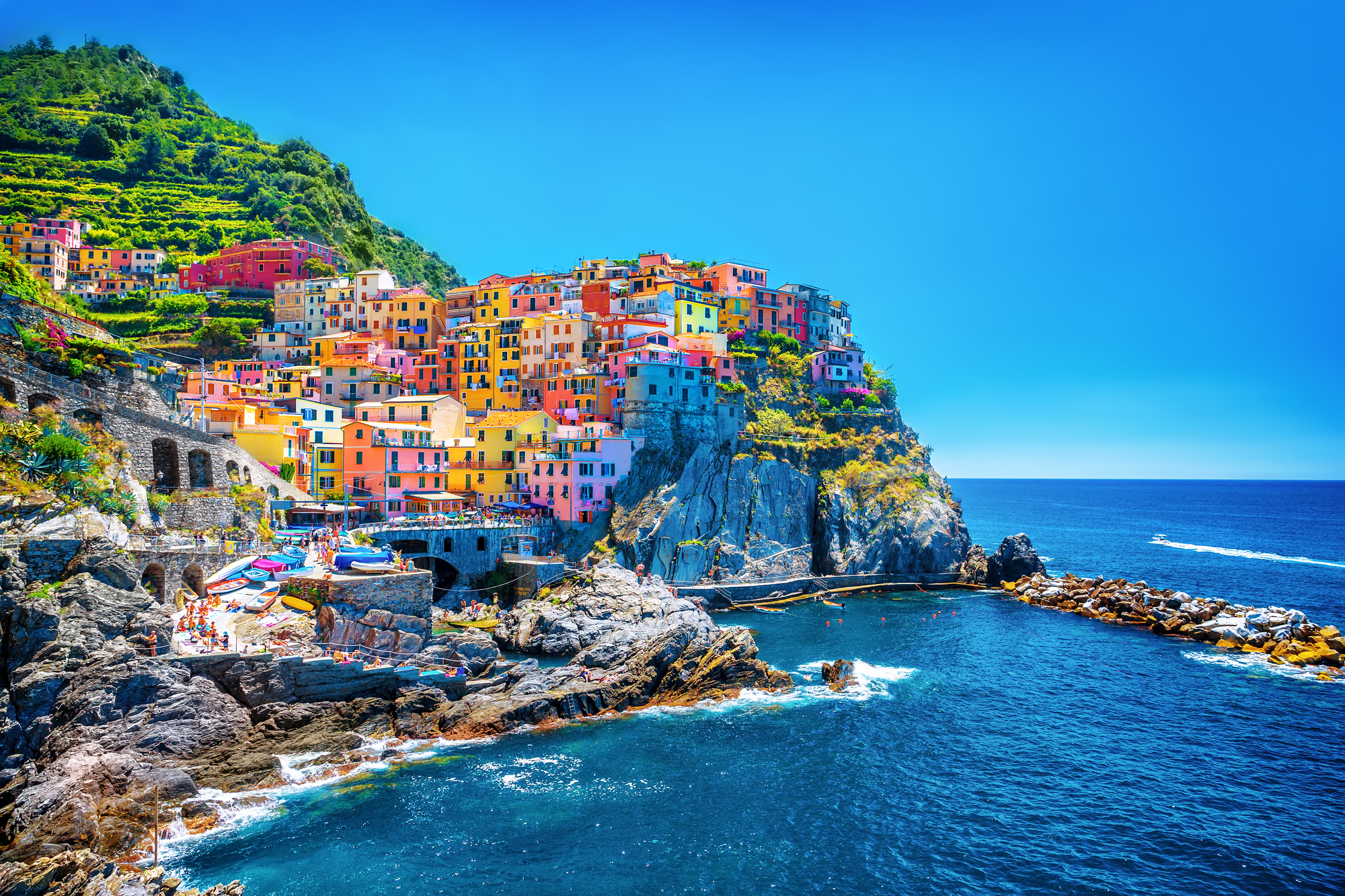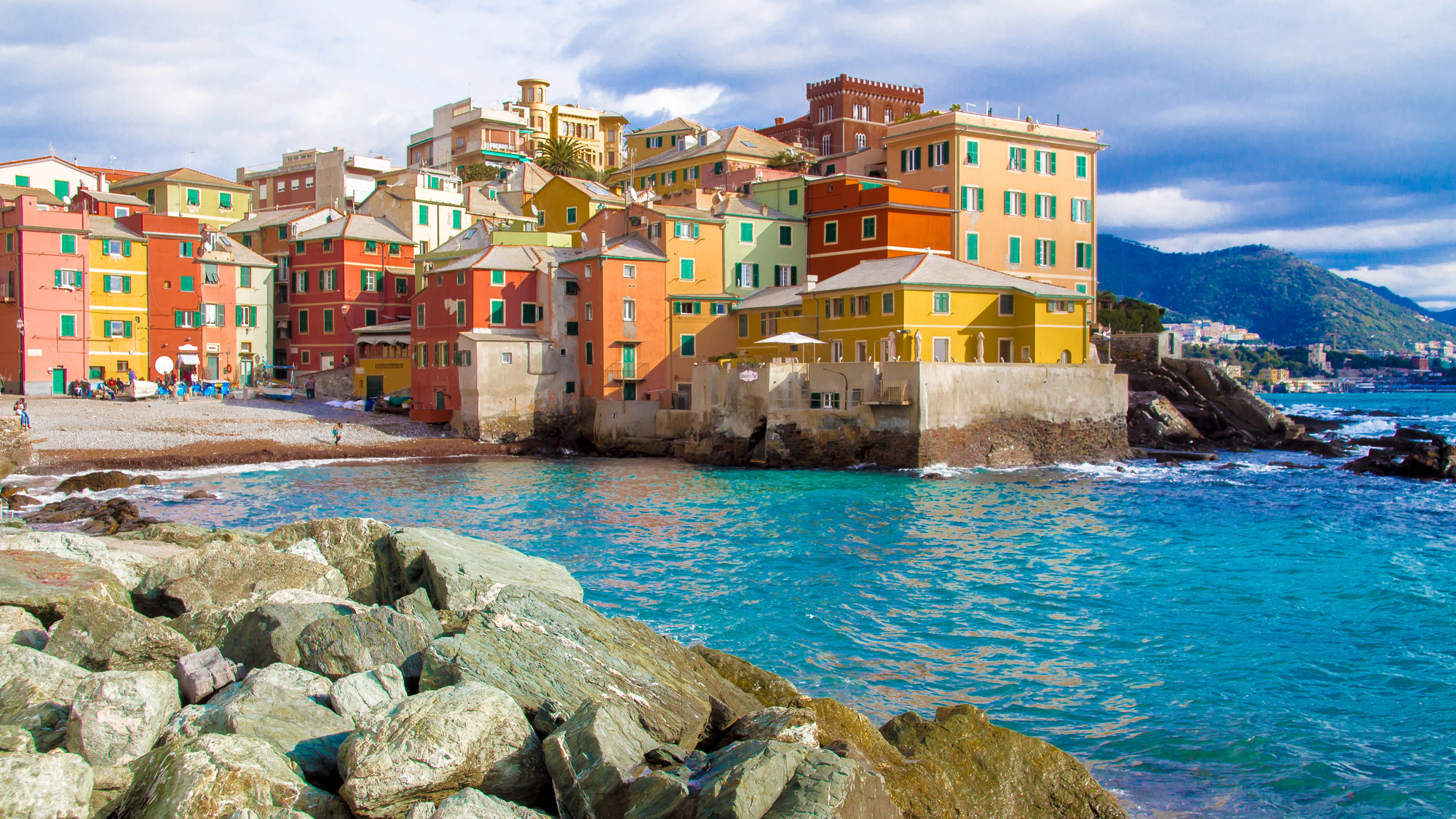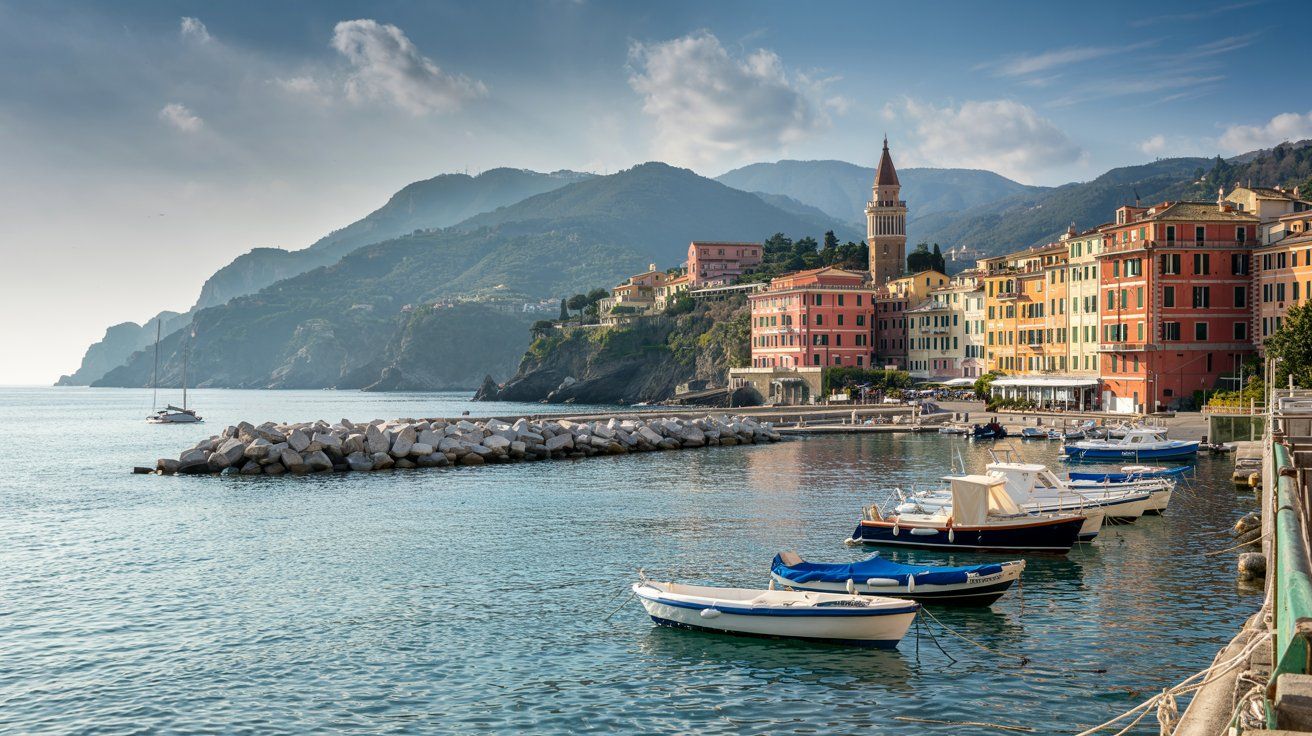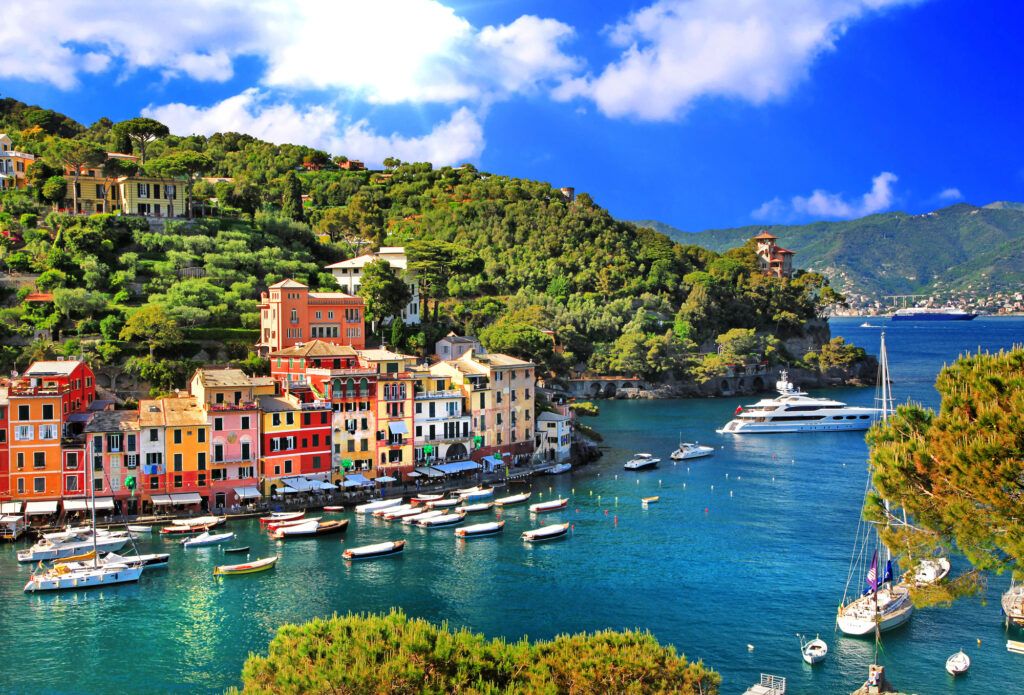Benito Mussolini’s rise to power and the subsequent descent of Italy into fascism serve as a sobering historical reminder of how fragile democracy can be when faced with authoritarian ambitions, elite complicity, and societal tensions.
This blog delves into Mussolini’s ascent and its enduring lessons for democracies today.
Find available hotels and vacation homes instantly. No fees, best rates guaranteed!
Check Availability Now
Beyond the history, it also invites readers to explore the Italian Riviera—a region enriched with cultural and historical significance that stands in stark contrast to the oppressive legacy Mussolini left behind.
The Journey of Mussolini’s Rise to Authoritarian Power
In the early 20th century, Benito Mussolini transitioned from a socialist journalist to the architect of Italy’s fascist state.
Disillusioned with socialism, Mussolini founded the Fasci d’Azione Rivoluzionaria in 1914, advocating for militarism and Italy’s involvement in World War I.
The end of the war saw Italy grappling with economic instability and social unrest, a fertile ground for Mussolini’s rise.
In 1919, he established the Fasci Italiani di Combattimento, pulling together disillusioned war veterans and other factions.
Despite minimal success in early elections, Mussolini’s fascist movement grew, fueled by violence against socialist and communist groups.
Mussolini skillfully positioned himself as a bulwark against worker unrest, rallying support from the elites.
The Pivotal “March on Rome” and Seizing Power
In October 1922, Mussolini orchestrated the “march on Rome,” a pivotal moment in his rise to power.
Although this wasn’t a large-scale uprising, it cast an illusion of strength that compelled King Victor Emmanuel III to appoint Mussolini as prime minister.
Elegant resorts, charming apartments, and vacation rentals with immediate confirmation. From Portofino to Cinque Terre, discover the most beautiful coastal towns of Liguria!
See Available Properties
It was a demonstration of how fear and indecision among political elites can pave the way for authoritarian figures to ascend.
Between 1922 and 1926, Mussolini solidified his grip on power using repression, censorship, and violence.
The assassination of socialist leader Giacomo Matteotti in 1924 was a turning point, deepening Mussolini’s authoritarian control.
By 1926, all opposition parties were banned, and a totalitarian regime was in place.
His propaganda not only suppressed dissent but also sought to reframe fascism as Italy’s spiritual renewal.
Consequences of Fascism and Lessons for Democracies Today
Mussolini’s era was marked by institutional failure, economic inequality, the suppression of unions, and brutal colonial campaigns in Ethiopia and Libya.
His regime’s atrocities extended to aiding Nazi Germany in the persecution of Jews and operating concentration camps.
Democracy in Italy crumbled because opposition forces failed to unite early against Mussolini’s attacks.
Easy booking across stunning accommodations from historic hotels to modern retreats. Pastel-colored buildings and crystal waters create the perfect Mediterranean escape!
Secure Your Italian Getaway
Tranquility and History: Exploring the Italian Riviera
The Italian Riviera, in stark contrast to the era of fascist repression, represents the freedom, creativity, and vibrancy that define modern Italy.
This Mediterranean gem stretches along the Ligurian coast, blending picturesque landscapes with centuries of cultural heritage.
It offers travelers an escape into serenity while also providing opportunities to reflect on Italy’s multifaceted history.
Highlights of the Italian Riviera
When visiting the Italian Riviera, be sure to explore these eight captivating towns and cities:
- Genoa: The region’s capital and a major historical port city, Genoa is home to exquisite palaces, medieval streets, and historical landmarks.
- Portofino: Famous for its picturesque harbor and colorful houses, this upscale village is a symbol of the Riviera’s enduring charm.
- Rapallo: A delightful coastal town that offers stunning sea views and a rich history, including its iconic castle by the water.
- Santa Margherita Ligure: Known for its elegant promenade, this town perfectly balances urban sophistication and coastal tranquility.
- Camogli: A fishing village with pastel-colored buildings, it’s a must-visit for its authentic Italian charm and culinary delights.
- Sestri Levante: This town boasts two stunning bays—the Bay of Silence and the Bay of Fables—ideal for a peaceful getaway.
- Levanto: A gateway to the Cinque Terre, Levanto is a quieter coastal gem with fantastic hiking and pristine beaches.
- La Spezia: Located near the Cinque Terre, this vibrant city offers a blend of naval history, modern attractions, and seafood delicacies.
The Riviera’s blue waters, scenic cliffs, and historic sites epitomize the beauty of Italian culture and perseverance, a stark reminder of how far the nation has come since the Mussolini era.
A Region that Stands as a Testament to Resilience
The Italian Riviera embodies the antithesis of what Mussolini’s fascism stood for. It uplifts visitors with its cultural diversity, natural beauty, and artistic legacy.
These are reminders of Italy’s ability to overcome its darkest chapters. As visitors traverse the coastline, sitting in alfresco cafés in Genoa or hiking the trails of Cinque Terre, they are surrounded by a testament to the enduring spirit of democracy, freedom, and creativity.
Here is the source article for this story: 80 years after Benito Mussolini’s death, what can democracies today learn from his fascist rise?
From seaside palazzos to hillside villas, find your perfect stay along this stunning stretch of Mediterranean coastline. Instant booking with best price guarantee!
Browse Accommodations Now

